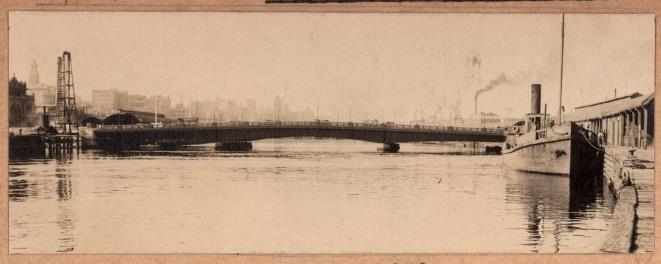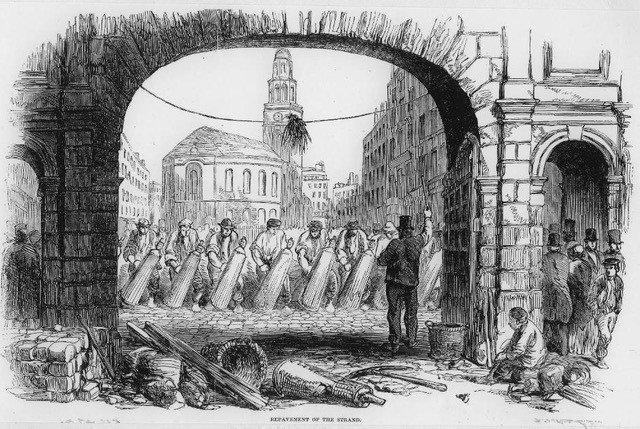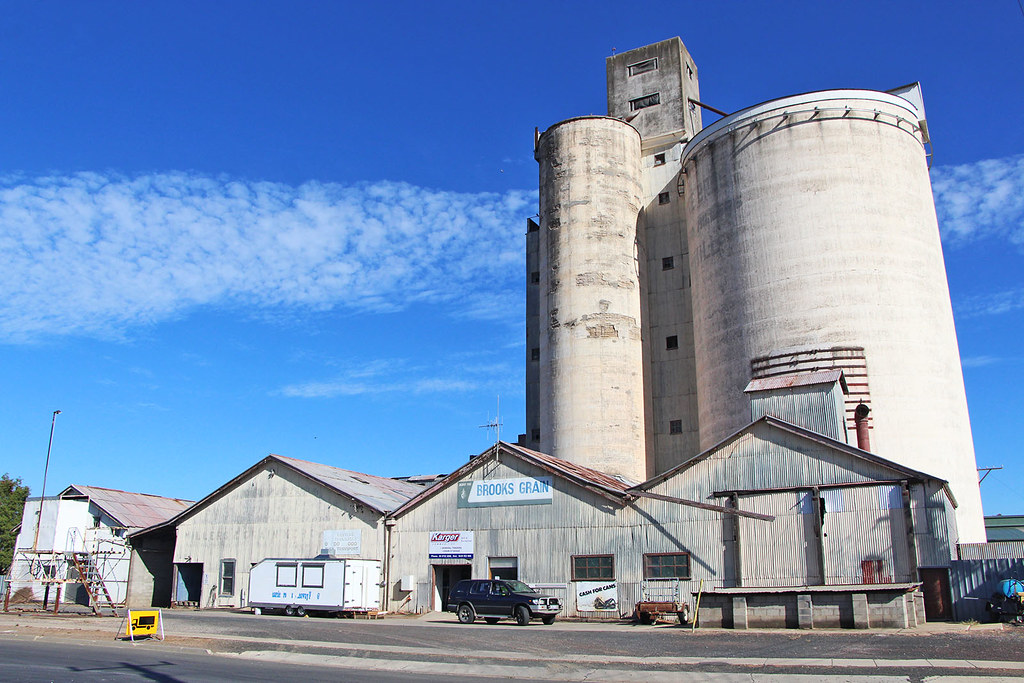Engineering Heritage Victoria
Twentieth Century Science, Technology and Engineering
RHSV, Gallery Downstairs 239 A'Beckett Street, Melbourne, VIC, AustraliaTwentieth Century Science, Technology and Engineering Presented by Laureate Professor R. J. EVANS Engineering Heritage Victoria and the RHSV are, once again, partnering to present some fascinating events which are of interest to anyone interested in history and the history of engineering in its broadest scope. This talk explores the development of key scientific and
Read More...
History of the Spencer Street Bridge
RHSV, Gallery Downstairs 239 A'Beckett Street, Melbourne, VIC, AustraliaHistory of the Spencer Street Bridge Have you ever noticed the Spencer Street Bridge? Arguably nondescript, this dependable 1930 structure has a backstory of political infighting, pioneering technology and an unexpected obstacle pre-dating the bridge by several millennia. City of Melbourne local history librarian Fiona Campbell will lead a visual journey through the design, construction
Read More...
Portable Buildings in Australia by Miles Lewis
RHSV, Gallery Downstairs 239 A'Beckett Street, Melbourne, VIC, AustraliaMiles Lewis's presentation will look at why Australia's large collection of portable buildings should be nominated as a group for UNESCO World Heritage Listing. Portable buildings, today referred to as prefabricated, were imported in larger numbers to Australia than to any other part of the world during the nineteenth century. They were made not merely of timber and iron, but of oilcloth, slate, zinc, papier mâché, and ‘portable brick’. nominated as a group for World Heritage Listing.
Paving Our Ways: A History of the World’s Roads and Pavements
ZOOM Join from anywhere in the worldPaving our Ways provides a comprehensive international history of the world’s pavements, running from the earliest human settlements to the present day. It examines the earliest pavements in Egypt and Mesopotamia and then moves to North Africa, Crete, Greece and Italy, before a review of pavements used by the Romans in their magnificent road system. After its empire collapsed, Roman pavements fell into ruin. The slow recovery of pavements in Europe began in France and then in England.
Seeds of Concrete Progress: Grain Elevators and Technology Transfer between America and Australia
RHSV Gallery Downstairs 239 A'Beckett St, Melbourne, Victoria, AustraliaModern concrete silos and grain elevators are a persistent source of interest and fascination for architects, industrial archaeologists, painters, photographers, and artists. The legacy of the Australian examples of the early 1900s is appreciated primarily by a popular culture that allocates value to these structures on aesthetic grounds. Several aspects of construction history associated with this early modern form of civil engineering have been less explored.
Making It Here: Stories of Four Enterprising Immigrant Engineers.
RHSV Gallery Downstairs 239 A'Beckett St, Melbourne, Victoria, AustraliaMuch has been written about the halcyon days of manufacturing in Fishermans Bend during the post-war period. This talk explores its antecedents through the lives of four, largely forgotten, engineers who made significant contributions to the rise of manufacturing there during the first half of the 20th century: Otto Schumacher, Alfred Harman, Albert Longoni and Fred David.
The Yallourn Scheme : Celebrating 100 years of Power Generation
RHSV Gallery Downstairs 239 A'Beckett St, Melbourne, Victoria, AustraliaPassing without fanfare or public ceremony, at midday on Sunday 15 June 1924, electricity from the new Yallourn Power Station first reached Melbourne when the State Electricity Commission switched on the high voltage transmission line linking Morwell and the Yarraville distribution terminal. The event marked the culmination of a five-year project to develop Victoria’s first baseload power station in the Latrobe Valley and the greatest single public infrastructure project the nation had seen. It was proclaimed by the press as “the cessation of Victoria's subservience … to the coal mines of Newcastle”, and would provide the foundation for the State’s industrial, economic and social prosperity over the following decades.
Hugh Ralston Crawford: Innovator or Imitator?
RHSV Gallery Downstairs 239 A'Beckett St, Melbourne, Victoria, AustraliaEngineering Heritage Victoria and the RHSV present this event in partnership. Hugh Ralston Crawford (1876 - 1954) consulting engineer, was a pioneer in reinforced concrete work in Australia. He was granted a provisional patent for monolithic reinforced concrete cavity wall construction in 1907, and he later used the system to erect several concrete houses in
Read More...









 239 A'Beckett Street Melbourne, Victoria, 3000
239 A'Beckett Street Melbourne, Victoria, 3000  03 9326 9288
03 9326 9288  office@historyvictoria.org.au
office@historyvictoria.org.au  Office & Library: Weekdays 9am-5pm
Office & Library: Weekdays 9am-5pm

